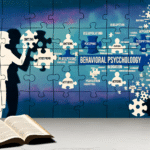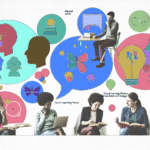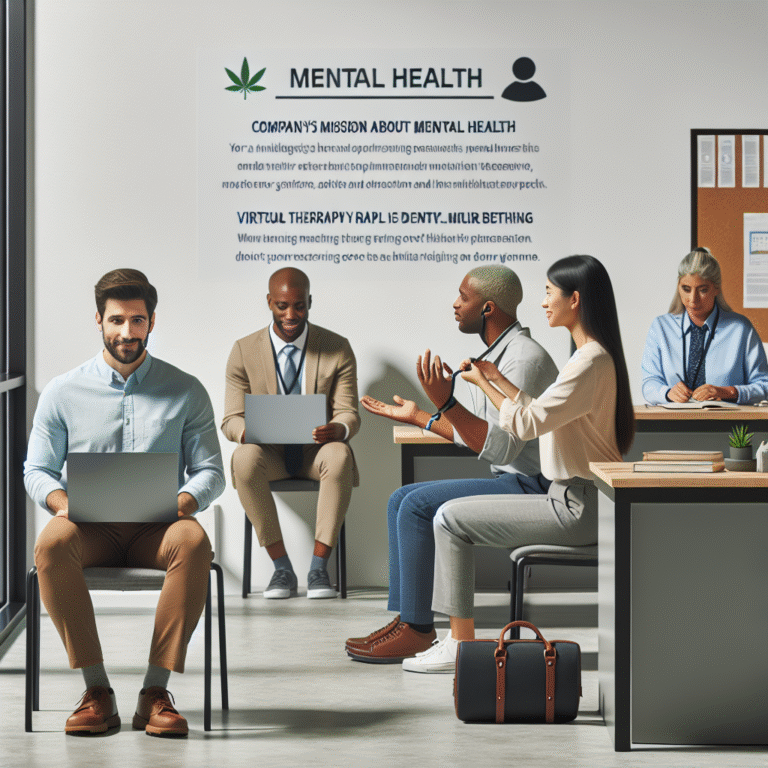
Introduction
Imagine a world where every individual feels supported, uplifted, and empowered by their community. This vision is not a distant dream; it is a transformative reality fostered through the collaborative power of community resources. In an era marked by increasing isolation and mental health challenges, the significance of empowering each other—the role of community resources in enhancing well-being—has never been more profound. By leveraging available resources, communities can create strong support systems that nurture individual potential and promote collective well-being. This article delves deeply into how community resources serve as a cornerstone for personal and societal growth, providing insights that inspire action and collaboration.
Understanding Community Resources
What Are Community Resources?
Community resources encompass the array of services, organizations, and individuals that contribute to the health and well-being of community members. These can include local nonprofits, educational institutions, health services, recreational facilities, and even informal support networks such as friends and family. Each resource plays a crucial role in building a resilient community that fosters empowerment and mutual support.
The Importance of Empowering Each Other
Empowering each other through community resources creates a ripple effect: when individuals feel supported, they are more likely to contribute positively to their community. This mutual aid fosters resilience and enhances quality of life, reinforcing the essential concept that empowering each other: the role of community resources in enhancing well-being is not only empowering but also transformative.
Case Study: The Impact of Support Networks
The Role of Mentorship Programs
Consider the case of a mentorship program established in a low-income urban area. This program paired at-risk youth with community leaders, providing them with guidance, skills, and emotional support. The results were profound: a significant increase in school attendance and a decrease in delinquency rates occurred, showcasing the transformative impact that empowering each other can have when community resources are effectively utilized.
Analysis
This case demonstrates how mentorship acts as a crucial community resource, illustrating that personalized support can lead to lasting change in both individuals and communities. The comprehensive approach of pairing youth with supportive mentors catalyzes personal development and fosters community unity, reiterating the critical role of collaboration.
The Integration of Health and Community Resources
Improving Mental Health Through Community Initiatives
Mental health is integral to overall well-being, and community resources play a pivotal role in addressing this facet. Initiatives such as community wellness days, support groups, and counseling services offer individuals vital access to mental health care, particularly in underserved areas.
- Table: Community Resources and Mental Health Support Initiatives
| Initiative | Description | Target Group |
|---|---|---|
| Wellness Days | Free health check-ups and workshops | General Community |
| Support Groups | Facilitated discussions on mental health issues | Adults & Adolescents |
| Counseling Services | Professional mental health support | Individuals in need |
Case Study: Wellness Coalition Success
A noteworthy example is the local wellness coalition in a rural area. By integrating multiple health services, educational workshops on mental health, and additional resources, the coalition created a holistic approach to mental well-being. The initiative saw a 40% increase in community engagement, demonstrating the profound impact of empowering each other through our health initiatives.
Analysis
This coalition highlights the necessity of collaboration among various community resources, showing that unified efforts can directly enhance mental health and well-being. Empowering each other by addressing mental health through community resources not only serves individuals but cultivates a healthy community environment.
Educational Resources as Catalysts for Empowerment
Lifelong Learning Opportunities
Education is another critical component of community resources. Community centers often offer a multitude of educational programs, from basic literacy to vocational training. These resources empower individuals by providing skills that enhance employability and quality of life.
Case Study: Retraining Workers Post-Industry Decline
In the wake of an economic downturn, a local community center implemented a retraining program for displaced workers. The program offered technology training and skill development, leading to 200 individuals gaining stable employment within six months.
Analysis
This example illustrates the extraordinary potential of educational opportunities as a community resource. By focusing on skill development and career progression, community organizations empower individuals, proving that empowering each other: the role of community resources in enhancing well-being is not just a slogan but a guiding principle.
Building Social Connections: The Role of Recreational Resources
Fostering Friendships
Recreational resources—such as parks, sports facilities, and community events—play a vital role in building social connections. These spaces not only offer recreational opportunities but also serve as meeting points for social interaction and relationship formation.
Case Study: Community Sports League
A community sports league brought together families and individuals from diverse backgrounds, fostering friendships and reducing social isolation. The league’s success underscored the dual purpose of recreation: promoting health while enhancing social bonds.
Analysis
This case highlights how recreational resources can empower participants by fostering a sense of belonging. When people engage in community activities, they invest in each other, creating networks that support their individual and collective well-being.
The Economic Benefits of Community Resources
Strengthening Local Economies
Investing in community resources contributes not only to individual well-being but also strengthens the local economy. Engaging residents through local services encourages them to support local businesses, creating a cycle of economic empowerment.
Case Study: Local Business Partnerships
A successful initiative involved local businesses collaborating with community organizations to provide internships and job opportunities for young adults. The initiative led to increased job placements and enhanced community relations, facilitating a healthier economic climate.
Analysis
The connection between economic health and community resources is evident. By promoting local businesses and creating job opportunities, communities empower each other economically—reinforcing the notion that a thriving local economy fosters enhanced well-being.
Clear Pathways to Access Community Resources
Navigating Available Resources
For community resources to be effective, residents need to know how to access them. Efforts to increase awareness—through resource directories, community fairs, and outreach programs—are essential in encouraging individuals to seek support.
Idea Spotlight: Resource Navigation Workshops
A local initiative offers workshops teaching residents how to navigate available resources effectively. Such workshops promote self-advocacy and empower individuals to seek the help they need.
Analysis
These workshops exemplify proactive community engagement. When individuals are equipped with knowledge about community resources, they are empowered to enhance their own well-being and that of their neighbors.
Conclusion
Empowering each other: the role of community resources in enhancing well-being is a multifaceted approach that emphasizes collaboration, support, and shared responsibility. The numerous case studies presented illustrate the powerful impact that community resources can have on individuals and communities alike. As we weave stronger networks of support, we not only uplift ourselves but also create a more resilient and united community.
It is through collective action and shared responsibility that we can build a community that thrives. Everyone has a role to play in fostering this sense of empowerment, whether through volunteering, advocating for local resources, or simply reaching out to a neighbor in need. Together, we can create a lasting impact on the well-being of our communities.
FAQs
1. What are community resources?
Community resources include a variety of services, organizations, and individuals that provide support for health, education, and general well-being within a community.
2. How can I get involved with community resources?
You can get involved by volunteering your time, attending local events, or connecting with local organizations that align with your interests.
3. How do community resources enhance mental health?
Community resources offer support systems that provide access to mental health care, counseling, and peer support, promoting overall mental well-being.
4. What role do educational resources play in empowerment?
Educational resources facilitate skill-building and lifelong learning, enabling individuals to improve their employment prospects and enhance personal growth.
5. How do recreational resources contribute to community well-being?
Recreational resources foster social connections, reduce isolation, and promote physical health, ultimately enhancing community well-being.
By focusing on the collaborative power of community resources, we can truly empower each other and enhance our collective well-being. Together, we can build a future rooted in support, resilience, and shared growth.














